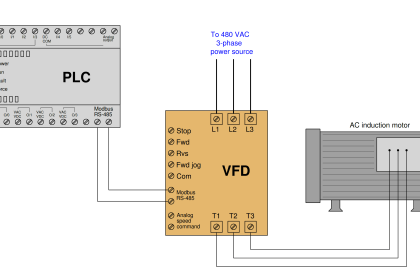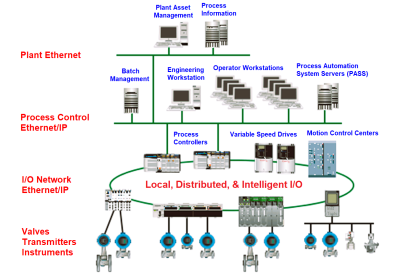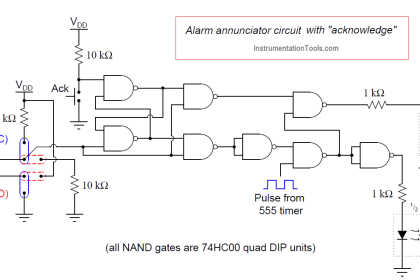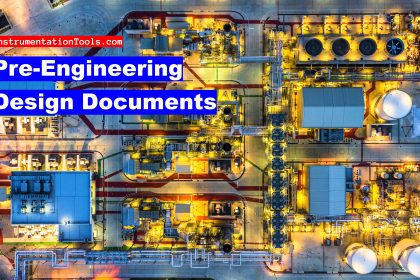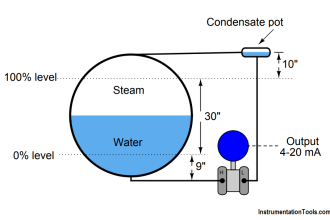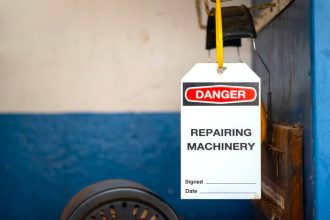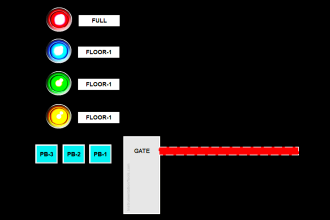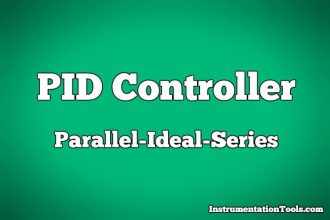BACNet is a protocol which is widely used in building automation or HVAC applications. It has a very good background over other communication protocols and is used because it has many simple advantages over other communication protocols.
In BACNet, there are two types of hardware protocols that are used in all the applications – IP and MS/TP. It is necessary to understand both of them, otherwise, you cannot configure the BACNet protocol properly. In this post, we will understand the difference between BACNet IP and BACNet MS/TP.
What is the BACNet Protocol?
First of all, let us understand what BACNet is. BACnet stands for building automation and control network. In building automation and HVAC, there are various components like chilled water valves, compressors, sensors, lightning, fire alarms, access control, and UPS. They all have in-built communication protocols in them for data sharing. If these protocols are different and need to be integrated into a single control system, then it would be very difficult.
For this purpose, a special protocol of BACNet was developed. This protocol is provided in the above-mentioned devices, for a single integration level to a control system. This helps to automate them from a single platform and manage their data accordingly.
BACNet IP is basically a vendor-free independent protocol, as there is no need for dependency on which protocol the vendor is supporting; they must have BACnet protocol in them for working in such an environment.
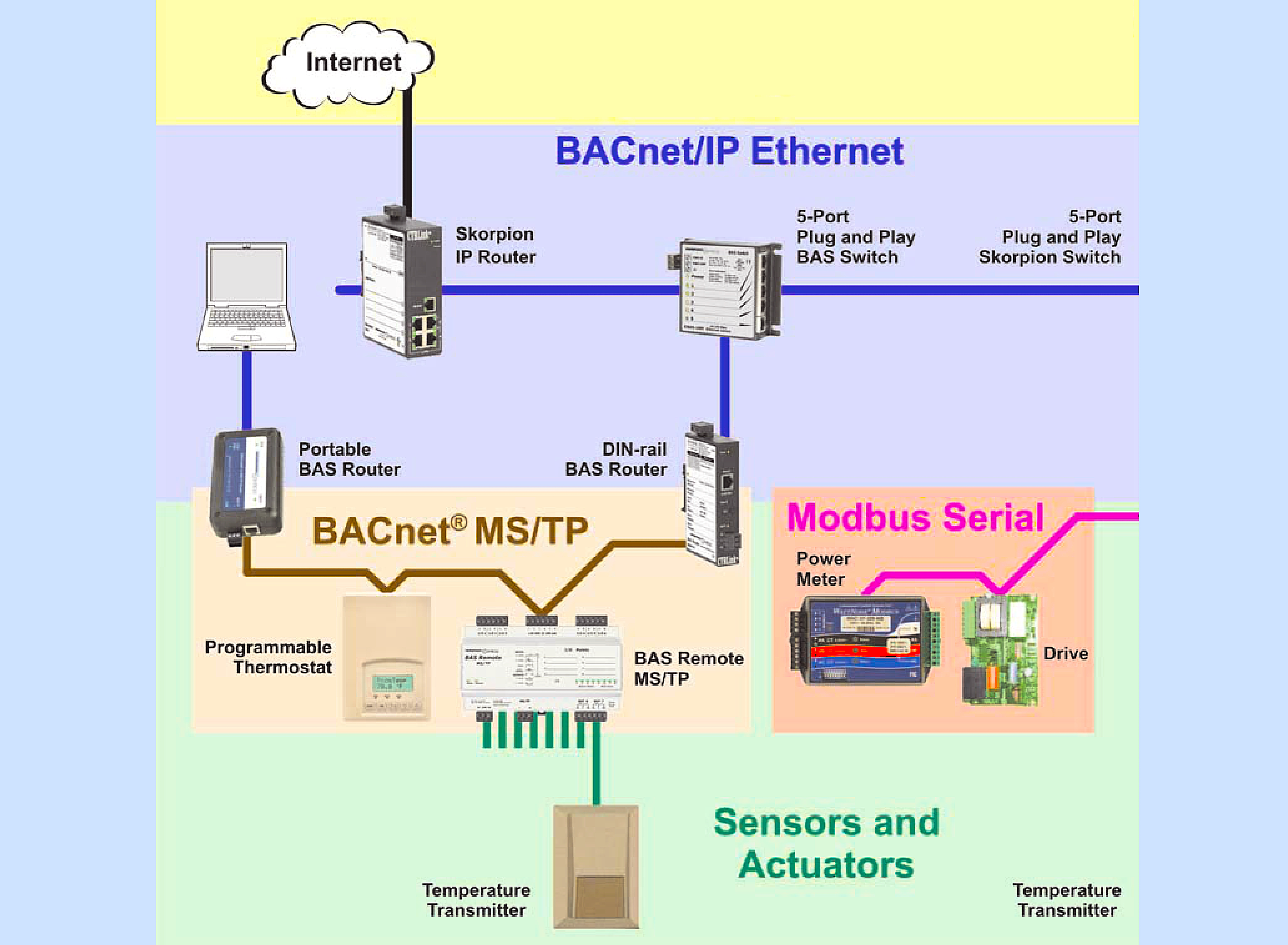
BACnet works in object level programming. It means that each device is defined by an object and has its corresponding properties like device ID, instance ID, vendor name, vendor identifier, firmware version, physical IO type (analog or digital), status, fault information, current value, etc.
You can find all this information on the official website of BACnet. When a single device is integrated into a controller program like PLC, all the properties are required to be configured in them (IDs are configured automatically). Then, all the data can be managed from the PLC for all the BACNet devices.
Usually, an Excel file is given by the vendor where the data configuration needs to be filled and then needs to be downloaded through a utility tool in the device. Then, the device can communicate with the required data on the BACNet network.
Now, BACNET works majorly in two hardware layers – IP and MS/TP. We will have a look at them below in the post.
What is BACNet IP?
BACNet IP works on Ethernet communication. It provides IP addresses to the devices along with their corresponding MAC addresses. The cable used is a standard Ethernet cable (CAT5 or CAT6). If your network is vast, you can assign different gateway addresses or DNS addresses for your device, according to the network configuration.
As Ethernet is involved, you can use webpages for these devices. This helps to see the device data sitting in a remote corner. The LAN cabling is done mostly in ring architecture or spanning tree architecture, for efficient redundancy in case of a failure.
What is BACNet MS/TP?
MS/TP stands for master-slave / token passing protocol. BACNet MS/TP is a serial communication hardware. BACNet MS/TP is similar to RS-485 serial protocol that uses a standard 3-wire shielded communication cable for it’s purpose.
BACNet MS/TP works on a master-slave model, where the slave BACNet devices are connected in a line topology or daisy-chain network to the master controller.
Similarly like serial communication, you have to set parameters like address, baud rate, parity, data length and stop bit.
BACNet IP vs. BACNet MS/TP
- BACNet IP has higher data speed than MS/TP due to the use of Ethernet layer cabling.
- In MS/TP, if there is a line breakage in the network, then it will be difficult to find the fault point, as you need to check it by connecting a laptop every time. But it is easier in BACNet IP as you can see which LAN LED is off and that shows the particular device is not in the network now.
- The data bandwidth is higher in IP than MS/TP.
- The cost of setting MS/TP is quite cheaper than setting an IP network, because you will also require network switches and routers. Also, the cost of LAN (CAT5 or CAT6) cable is higher than a normal 2 wire-cable.
- The termination is easier in an IP network, because you need to directly plug the RJ45 connector; whereas in MS/TP, you need to fix the wires with a screwdriver and there also arises chances for touching each other or short-circuit.
- Cybersecurity features are available mostly in Ethernet port configuration. This makes IP mode more secure and reliable than MS/TP, where security features are lacking.
Comparison
| BACNet IP | BACNet MS/TP |
| BACNet IP supports Ethernet (TCP/IP) | BACNet MS/TP supports RS-485 Serial Communication |
| BACNet IP have High speed up to 100 Mbps or more | BACNet MS/TP is Slower typically 9.6 kbps to 115.2 kbps |
| BACNet IP supports Star or tree topology with Ethernet switches | BACNet MS/TP supports daisy chain or bus topology |
| BACNet IP is limited by Ethernet (typically 100 meters) | BACNet MS/TP supports long distances up to 1200 meters on RS485 |
| BACNet IP works based on packets over IP (network level) | BACNet MS/TP works based on polling-based communication over RS485 |
| BACNet IP uses IP addresses | BACNet MS/TP uses device IDs assigned on RS485 |
In this way, we saw the difference between BACNet IP and BACNet MS/TP.
Read Next:
- Direct Digital Control (DDC) Systems
- Ethernet Communication Interview Questions
- Compare Serial and Parallel Communication
- About Fieldbus, Profibus, and HART Protocols
- 100 PLC Questions and Answers with Videos
